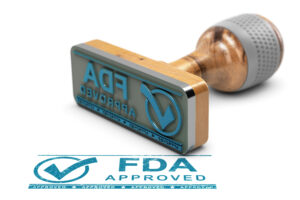 If you participated in a clinical trial for an experimental drug or are considering doing so, you may be interested in learning how a drug goes from being considered experimental in a clinical trial to being approved by the US Food and Drug Administration (FDA). FDA approval means that the FDA has reviewed the drug’s safety and effectiveness and determined that the drug’s benefits outweigh its risks. Doctors can prescribe FDA-approved drugs to all eligible patients.
If you participated in a clinical trial for an experimental drug or are considering doing so, you may be interested in learning how a drug goes from being considered experimental in a clinical trial to being approved by the US Food and Drug Administration (FDA). FDA approval means that the FDA has reviewed the drug’s safety and effectiveness and determined that the drug’s benefits outweigh its risks. Doctors can prescribe FDA-approved drugs to all eligible patients.
Click the links below to learn more about this process as well as certain circumstances in which a drug can receive faster approval from the FDA.
Drug Approval After Completion of Clinical Trials
- US Food and Drug Administration (video): This video describes the drug approval process, from early laboratory experiments to clinical trials to drug approval
- US Food and Drug Administration (infographic): This infographic explains the steps involved in FDA approval of a drug
- The Leukemia & Lymphoma Society: After completion of a phase III trial, a cancer drug can be approved by the FDA
Other Ways to Faster Approval for Cancer Drugs
- Friends of Cancer Research: Fast track designation is a way to get drugs approved faster for patients with serious conditions like cancer
- US Food and Drug Administration: Drugs for serious conditions like cancer may receive accelerated approval if an intermediate or stand-in (called surrogate) benefit is shown
- American Society of Clinical Oncology (ASCO; journal article): Sometimes, drugs can be approved after a phase II trial is complete
Last Modified on October 1, 2024
